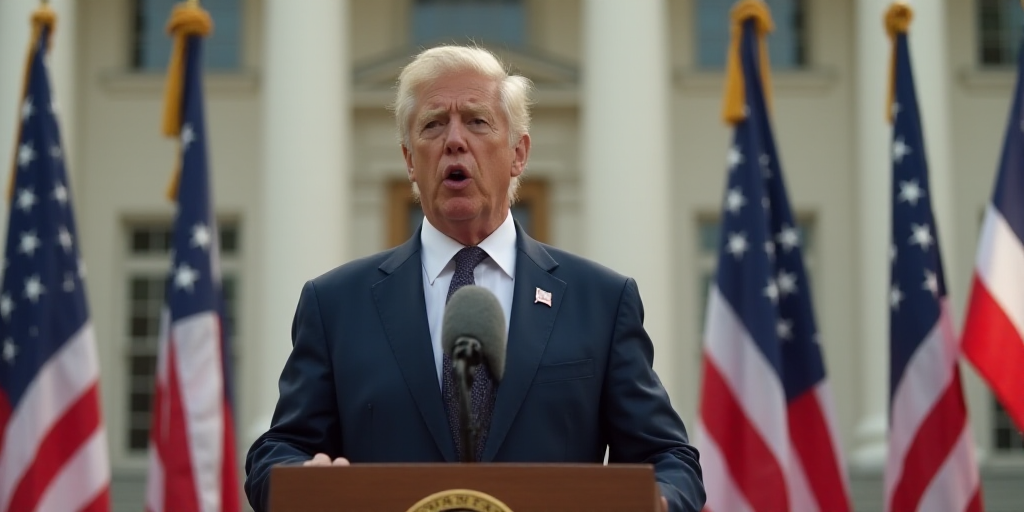Which Countries Are Affected?
Effective June 9, the new restrictions apply to citizens of 12 countries: Afghanistan, Burma (Myanmar), Congo, Eritrea, Haiti, Irak, Iran, Libya, Somalia, South Sudan, Syria, and Yemen. These countries are either predominantly Muslim, have significant terrorist presence, or are governed by left-leaning regimes like Cuba and Venezuela.
The Trump administration cites various reasons for these restrictions, including countries allegedly harboring terrorists or allowing their nationals to overstay their visas. Some countries are blacklisted for refusing to accept their nationals when deported by the U.S.
Seven additional countries face partially restricted entry: Venezuela, Cuba, Burundi, Laos, Sierra Leone, Togo, and Turkmenistan. This means that immigrant, tourist, student exchange, work, and business visas are suspended.
The White House outlined the criteria for compiling this list, which includes “significant terrorist presence,” “gaps in controls and verification,” “high rates of individuals overstaying their visas,” and “refusal to readmit nationals subject to deportation.”
Exemptions and Special Cases
The restrictions apply to citizens of designated countries who are outside the U.S. and lack a valid visa by June 9. However, permanent residents, green card holders, and dual nationals traveling with passports from unrestricted countries are exempt.
The decree also allows entry for those with immigrant visas for immediate family members, provided they present clear and convincing proof of identity and relationship (e.g., DNA evidence). Diplomats are also permitted entry.
Furthermore, athletes participating in major events like the 2026 World Cup and individuals benefiting “the national interest of the United States” are granted entry.
Specific exemptions exist for Afghan interpreters and translators who supported U.S. troops, as well as Iranian religious and ethnic minorities facing persecution.
Avoiding Previous Chaos
The Trump administration’s new restrictions aim to prevent some of the confusion caused by travel bans during his first term (2017-2021). Those earlier measures faced legal challenges and required multiple revisions before receiving approval from the Supreme Court.
Initially formulated following terrorist attacks in Europe and elsewhere, these bans primarily targeted “majority Muslim countries.” The previous decrees led to chaos at airports, leaving permanent residents and family members of U.S. citizens uncertain about their status.
President Joe Biden, Trump’s successor and a Democrat, promptly lifted these restrictions upon taking office. This time, the Trump administration has provided more advance notice.






